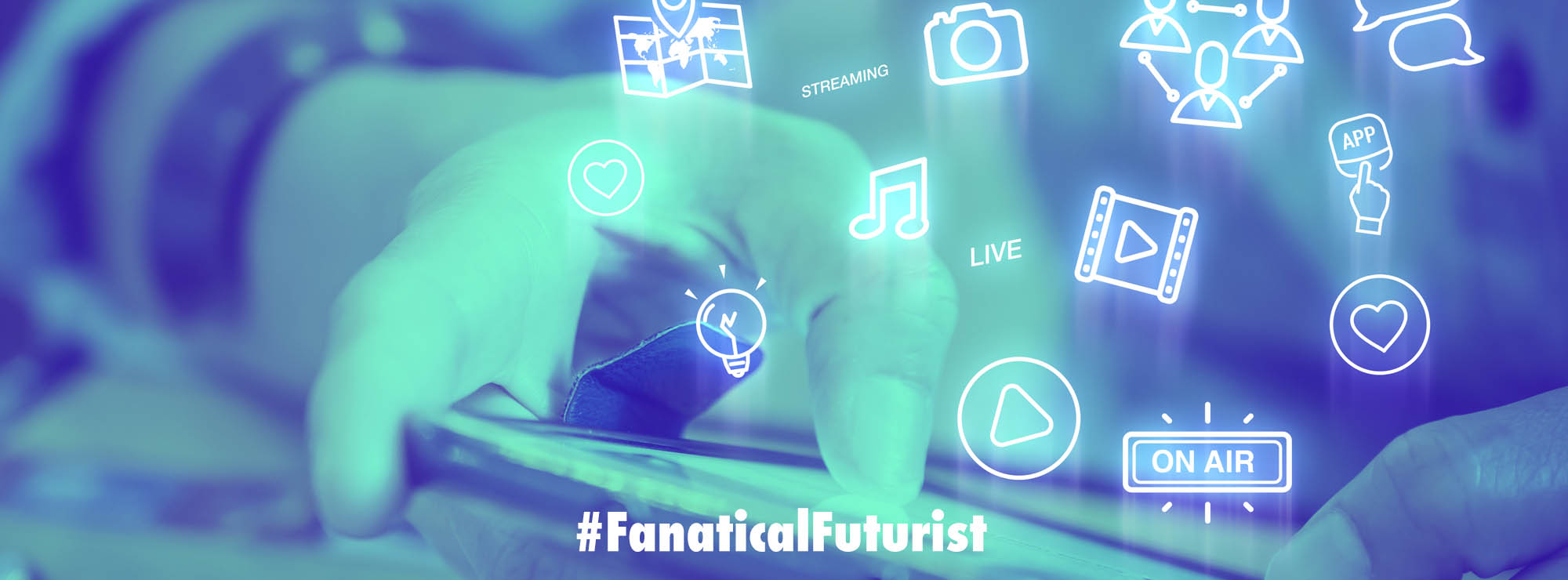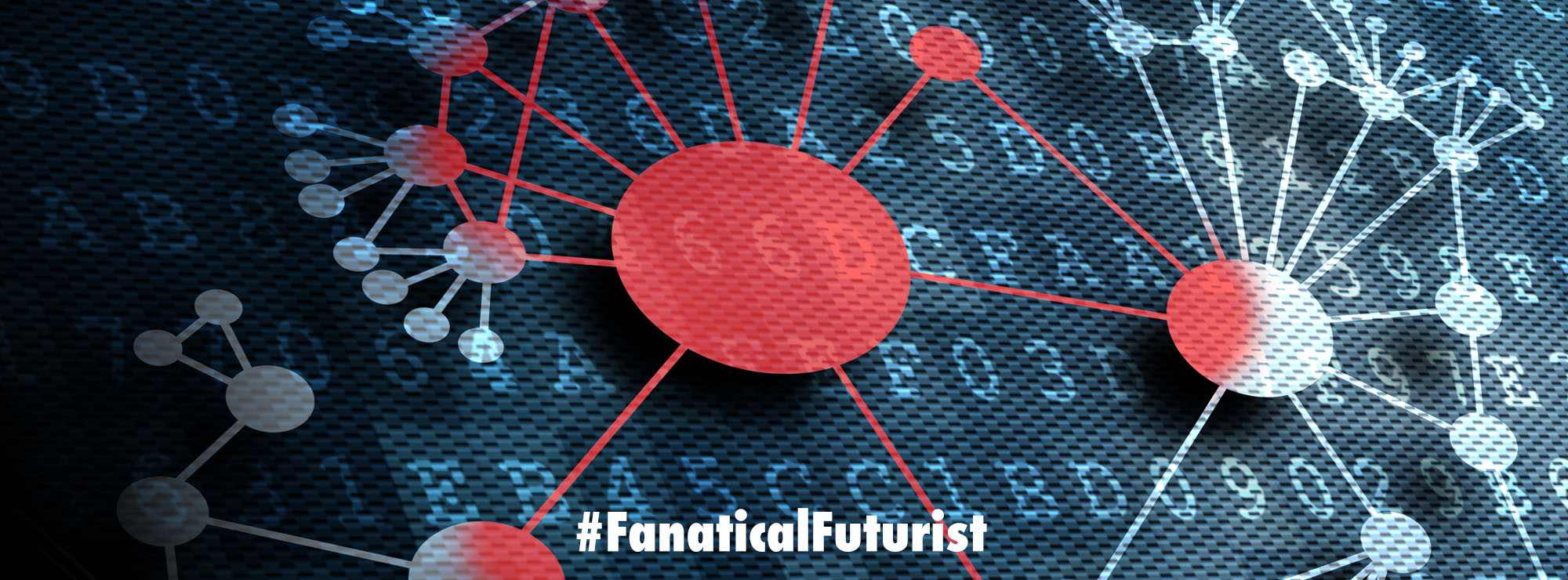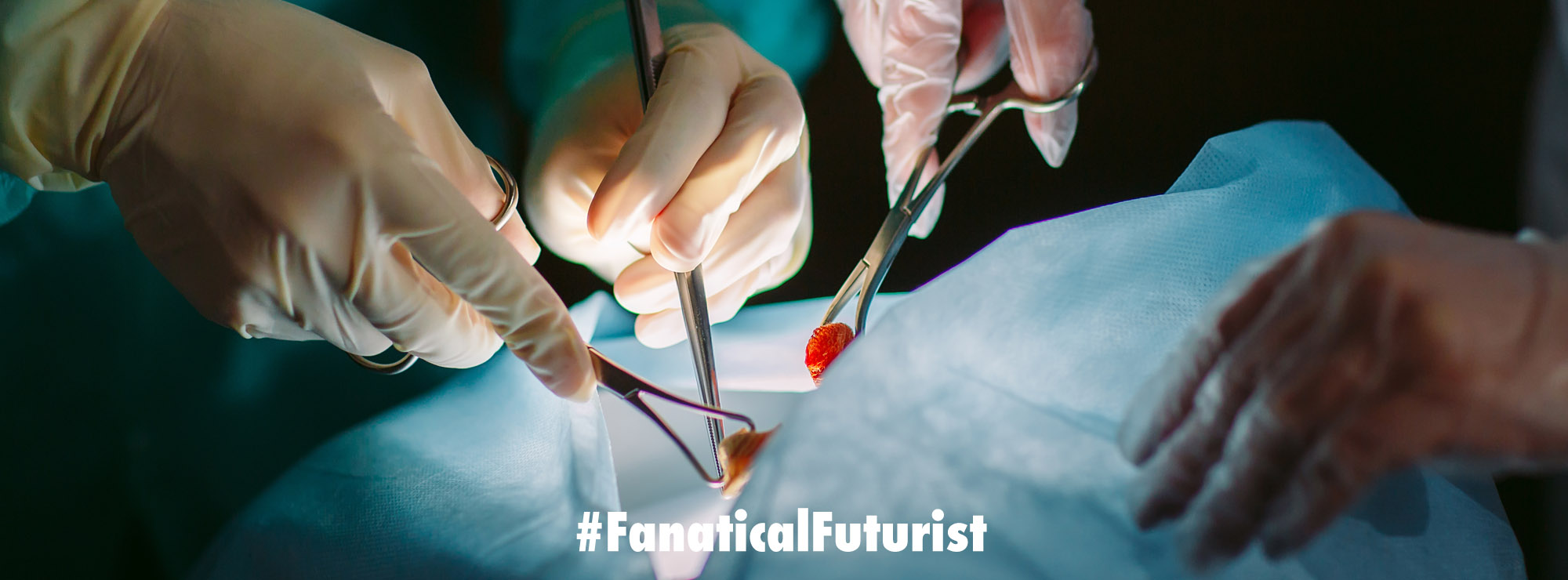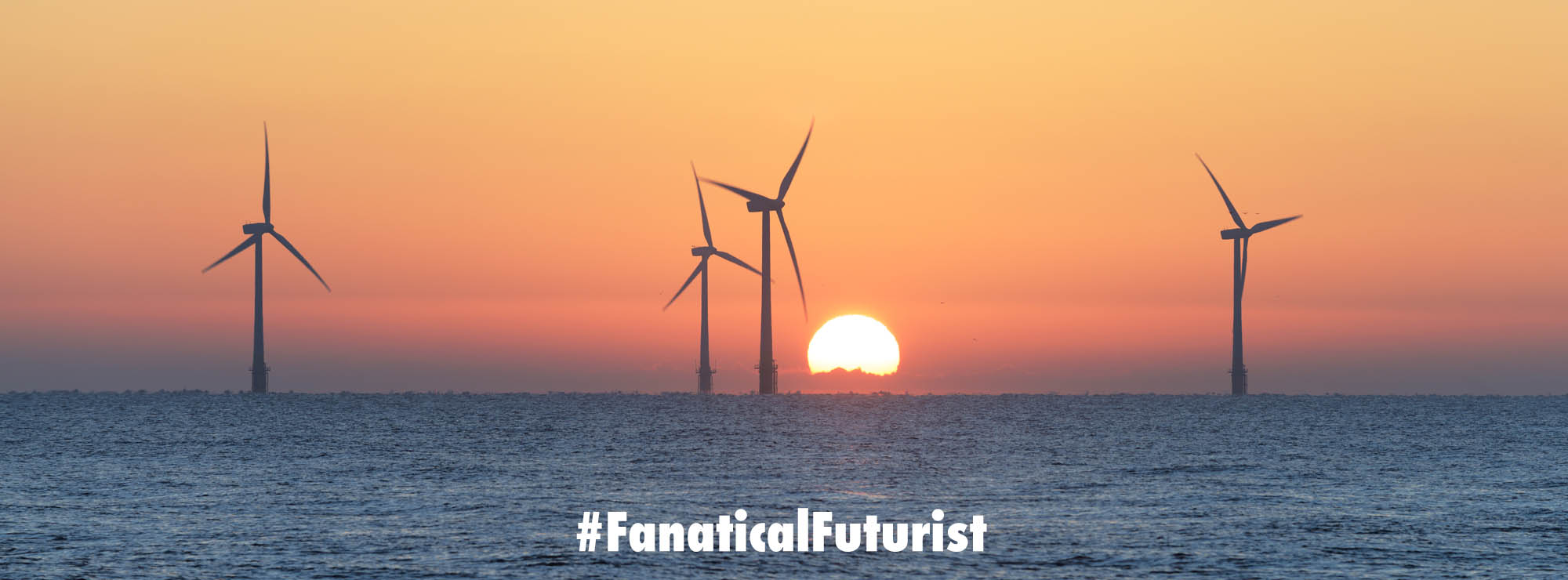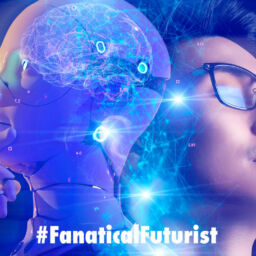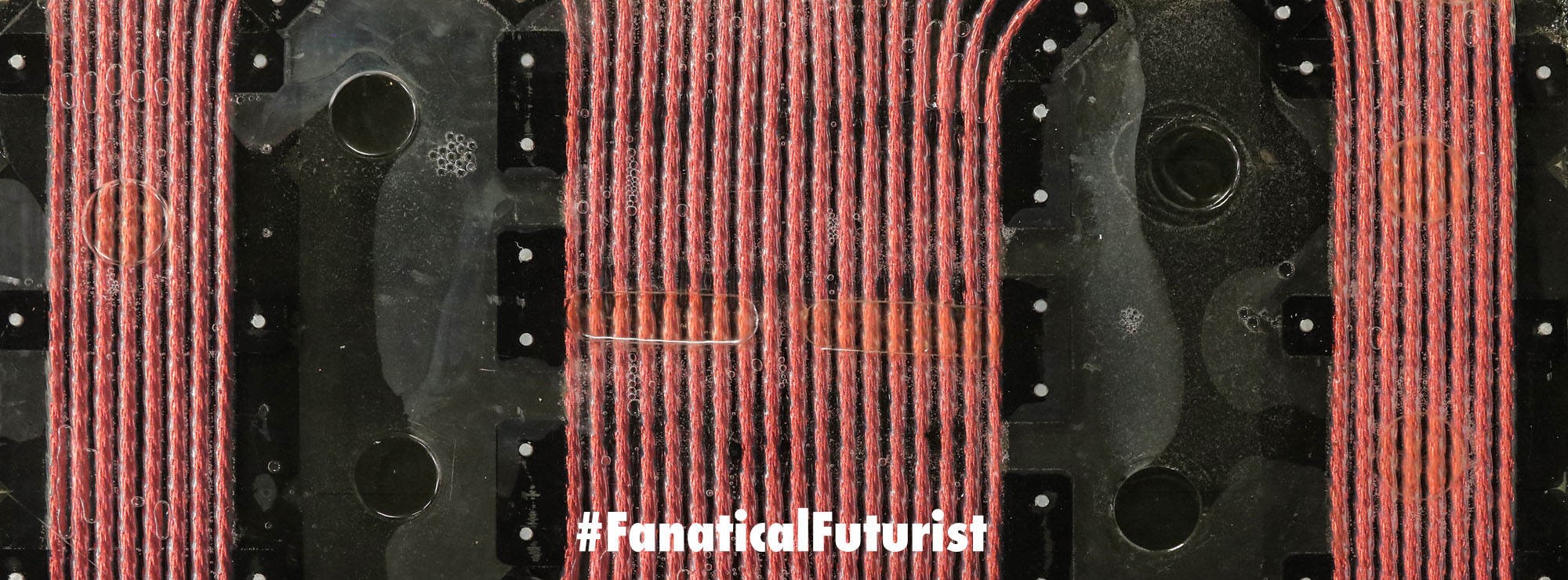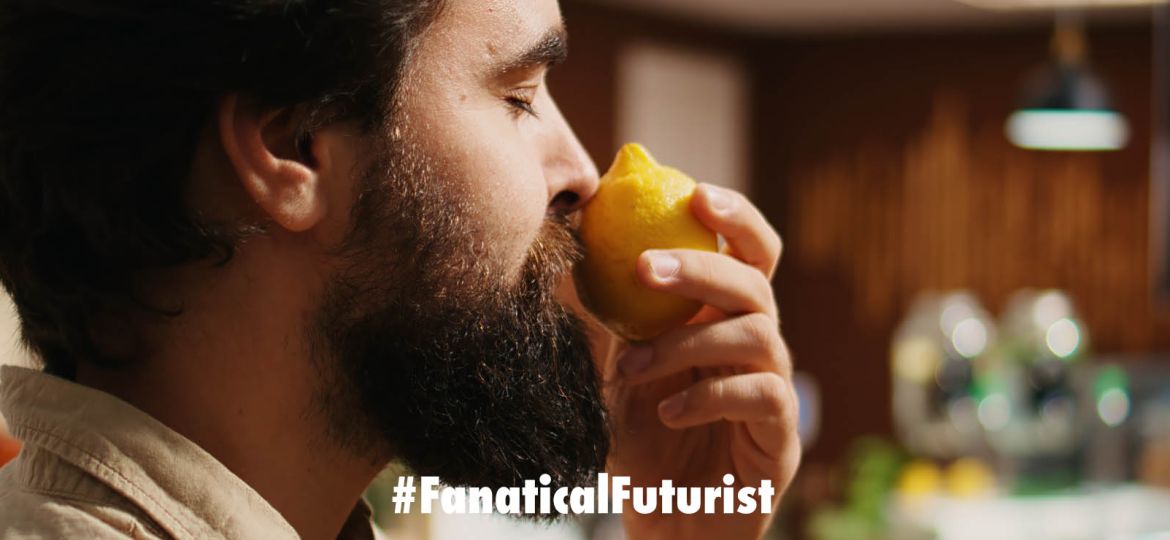
WHY THIS MATTERS IN BRIEF
The human brain is still the organ to beat when it comes to AI and it’s brilliance, and Dopamine is key to helping humans – and AI – predict and plan for the future better.
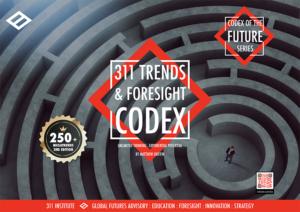 Love the Exponential Future? Join our XPotential Community, future proof yourself with courses from XPotential University, read about exponential tech and trends, connect, watch a keynote, or browse my blog.
Love the Exponential Future? Join our XPotential Community, future proof yourself with courses from XPotential University, read about exponential tech and trends, connect, watch a keynote, or browse my blog.
We constantly make decisions. Some seem simple: I booked dinner at a new restaurant, but I’m hungry now. Should I grab a snack and risk losing my appetite or wait until later for a satisfying meal – in other words, what choice is likely more rewarding? And the answer to this affects not only my future plans, but also my results – or in Artificial Intelligence’s (AI) case ‘outputs.’
Dopamine neurons inside the brain track these decisions and their outcomes – and recently researchers managed to prove that by giving Dopamine to a biological AI, in this case a mini human brain organoid, that the AI performed better. And that experiment, and now this new one, could be more significant in helping AI’s plan and predict the future than we thought.
If you regret a choice, you’ll likely make a different one next time. This is called reinforcement learning, and it helps the brain continuously adjust to change. It also powers a family of AI algorithms that learn from successes and mistakes like humans do.
The Future of AI 2040, by Keynote Matthew Griffin
But reward isn’t all or nothing. Did my choice make me ecstatic, or just a little happier? Was the wait worth it?
This week, researchers at the Champalimaud Foundation, Harvard University, and other institutions said they’ve discovered a previously hidden universe of dopamine signalling in the brain. After recording the activity of single dopamine neurons as mice learned a new task, the teams found the cells don’t simply track rewards. They also keep tabs on when a reward came and how big it was – essentially building a mental map of near-term and far-future reward possibilities.
“Previous studies usually just averaged the activity across neurons and looked at that average,” said study author Margarida Sousa in a press release. “But we wanted to capture the full diversity across the population—to see how individual neurons might specialize and contribute to a broader, collective representation.”
Some dopamine neurons preferred immediate rewards; others slowly ramped up activity in expectation of delayed satisfaction. Each cell also had a preference for the size of a reward and listened out for internal signals – for example, if a mouse was thirsty, hungry, and its motivation level.
Surprisingly, this multidimensional map closely mimics some emerging AI systems that rely on reinforcement learning. Rather than averaging different opinions into a single decision, some AI systems use a group of algorithms that encodes a wide range of reward possibilities and then votes on a final decision.
In several simulations, AI equipped with a multidimensional map better handled uncertainty and risk in a foraging task.
The results “open new avenues” to design more efficient reinforcement learning AI that better predicts and adapts to uncertainties, wrote one team. They also provide a new way to understand how our brains make everyday decisions and may offer insight into how to treat impulsivity in neurological disorders such as Parkinson’s disease.
For decades, neuroscientists have known dopamine neurons underpin reinforcement learning. These neurons puff out a small amount of dopamine – often dubbed the pleasure chemical – to signal an unexpected reward. Through trial and error, these signals might eventually steer a thirsty mouse through a maze to find the water stashed at its end. Scientists have developed a framework for reinforcement learning by recording the electrical activity of dopamine neurons as these critters learned. Dopamine neurons spark with activity in response to nearby rewards, then this activity slowly fades as time goes by – a process researchers call “discounting.”
But these analyses average activity into a single expected reward, rather than capturing the full range of possible outcomes over time – such as larger rewards after longer delays. Although the models can tell you if you’ve received a reward, they miss nuances, such as when and how much. After battling hunger – was the wait for the restaurant worth it?
Sousa and colleagues wondered if dopamine signalling is more complex than previously thought. Their new study was actually inspired by AI. An approach called distributional reinforcement learning estimates a range of possibilities and learns from trial and error rather than a single reward.
“What if different dopamine neurons were sensitive to distinct combinations of possible future reward features – for example, not just their magnitude, but also their timing?” said Sousa.
Harvard neuroscientists led by Naoshige Uchida had an answer. They recorded electrical activity from individual dopamine neurons in mice as the animals learned to lick up a water reward. At the beginning of each trial, the mice sniffed a different scent that predicted both the amount of water they might find – that is, the size of the reward – and how long until they might get it.
Each dopamine neuron had its own preference. Some were more impulsive and preferred immediate rewards, regardless of size. Others were more cautious, slowly ramping up activity that tracked reward over time. It’s a bit like being extremely thirsty on a hike in the desert with limited water: Do you chug it all now, or ration it out and give yourself a longer runway? It’s a fascinating area of research that could change the future of how AI predicts and plans for the future and the recommendations and forecasts it makes.

